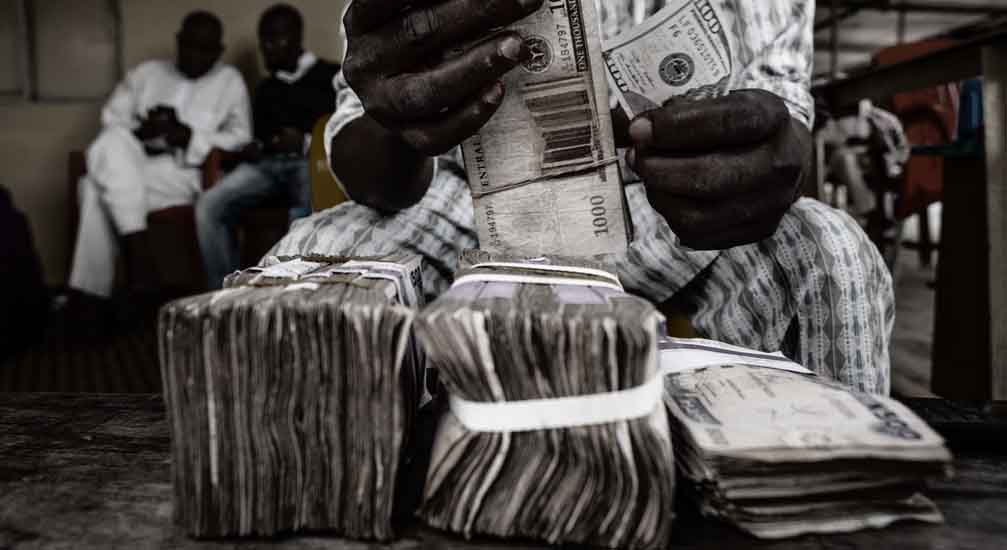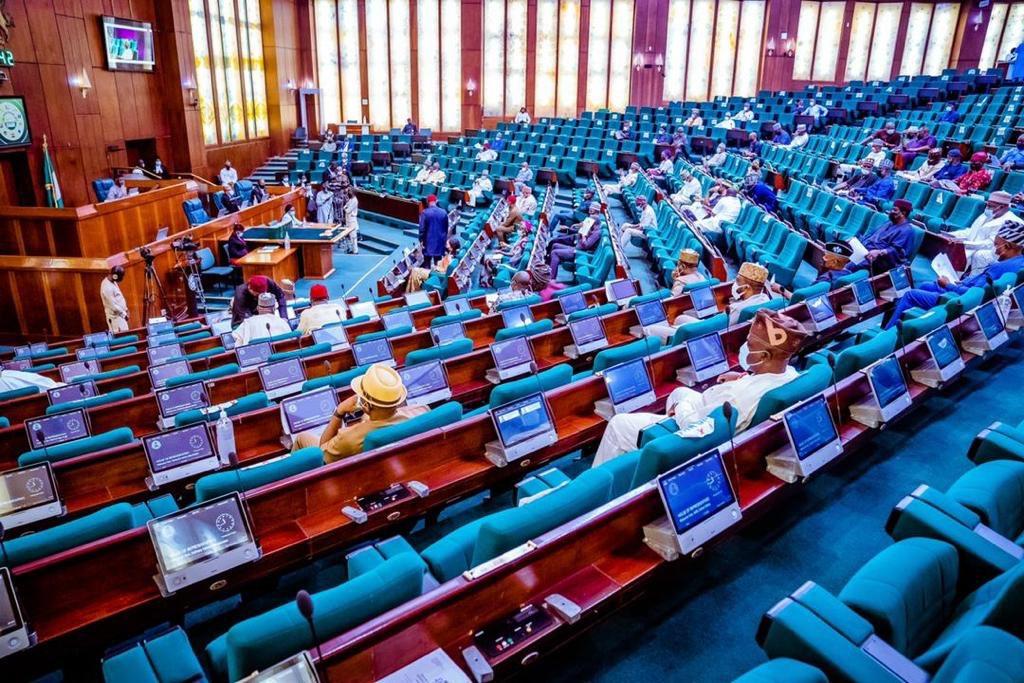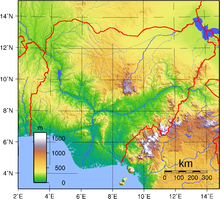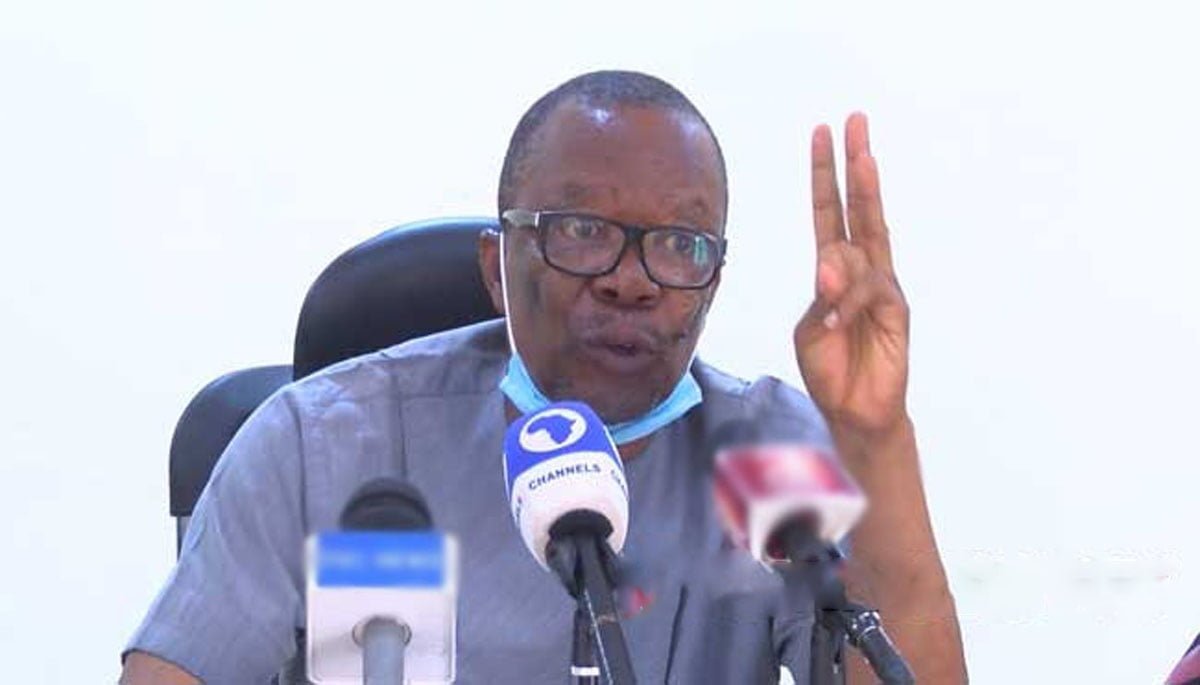The spring in the step of Nigeria’s economy is likely to show up in the results of the country’s banks when they start reporting 2017 earnings from this month.
An improvement in unpaid loans, higher interest income from holding government debt and a rise in profit will have helped lenders bolster their capital buffers, according to Renaissance Capital analysts including Olamipo Ogunsanya and Ilan Stermer.
The gross domestic product of Africa’s largest oil producer expanded for three straight quarters last year after a 1.6 percent contraction in 2016, with year-on-year growth reaching 1.9 percent in the final three months of 2017.
An increase in crude prices and the introduction of a new foreign-exchange system that ended a crippling shortage of dollars helped attract more investment flows into the country, while improving liquidity for the nation’s lenders.
Record high interest rates of 14 percent since July 2016 means there is no shortage of yield for banks, many of which parked their funds to profit from the safety of Treasury bills and other fixed-income securities rather than lending, where there is more risk.
A drop in those yields from a record highs in August means that 2018 will be more challenging for lenders, despite the positive macro backdrop, according to Ogunsanya and Stermer. Volatility in foreign-exchange related gains, limited scope for cost efficiencies and rising political risks before elections in early 2019 also cloud the outlook for this year, the RenCap analysts said.






















